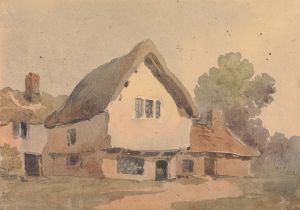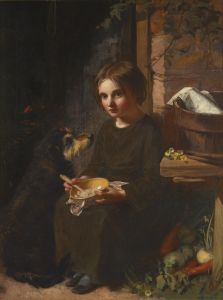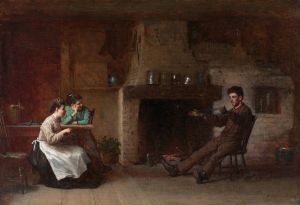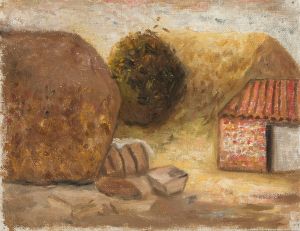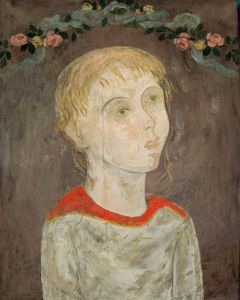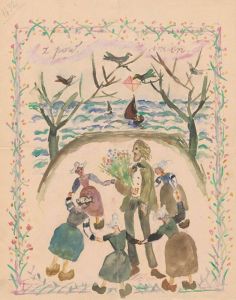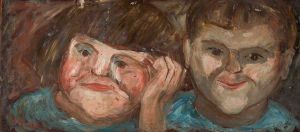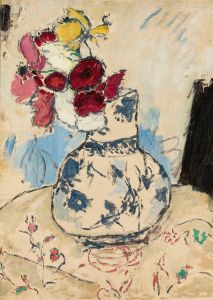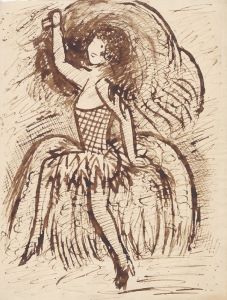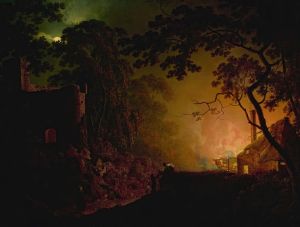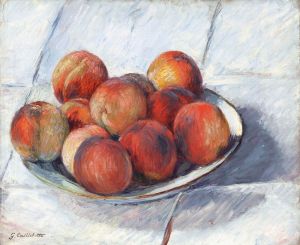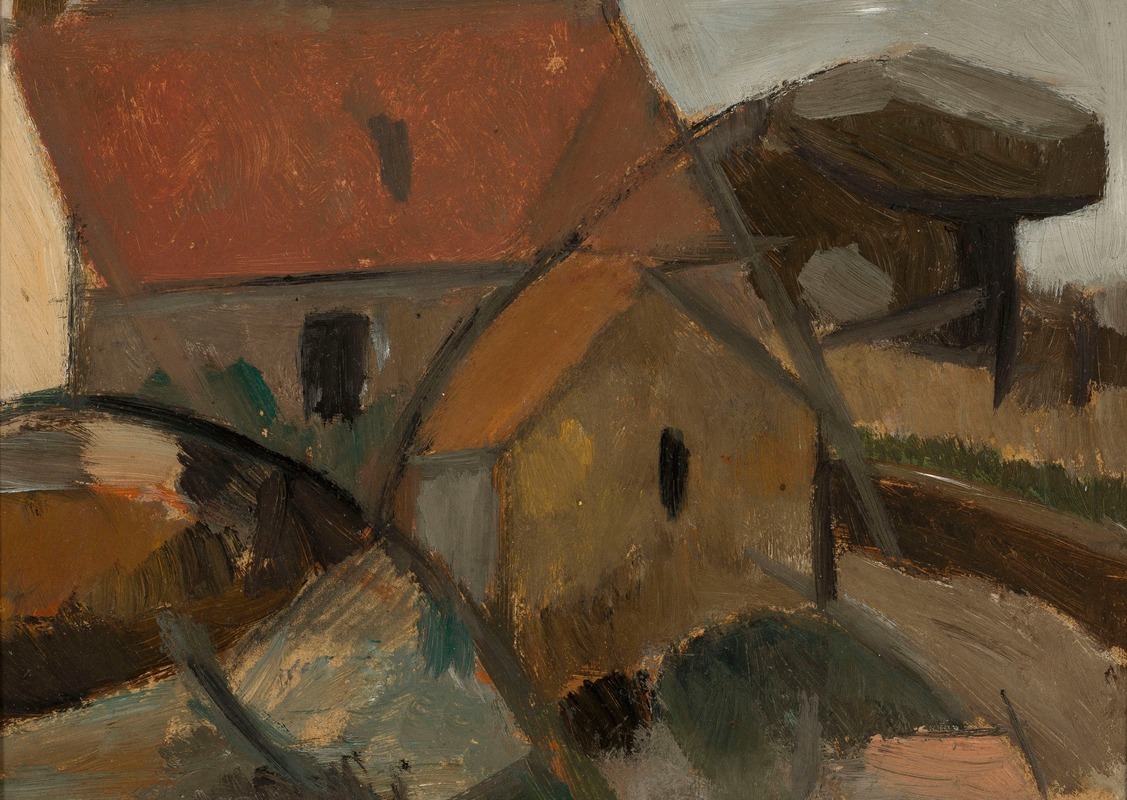
Small house with a red roof
A hand-painted replica of Tadeusz Makowski’s masterpiece Small house with a red roof, meticulously crafted by professional artists to capture the true essence of the original. Each piece is created with museum-quality canvas and rare mineral pigments, carefully painted by experienced artists with delicate brushstrokes and rich, layered colors to perfectly recreate the texture of the original artwork. Unlike machine-printed reproductions, this hand-painted version brings the painting to life, infused with the artist’s emotions and skill in every stroke. Whether for personal collection or home decoration, it instantly elevates the artistic atmosphere of any space.
Tadeusz Makowski was a Polish painter known for his unique style that blended elements of Post-Impressionism and Cubism. Born on January 29, 1882, in Oświęcim, Poland, Makowski initially studied classical philology at the Jagiellonian University in Kraków before turning to art. He later attended the Academy of Fine Arts in Kraków, where he studied under Józef Mehoffer and Jan Stanisławski. In 1908, Makowski moved to Paris, where he became part of the vibrant artistic community and was influenced by the avant-garde movements of the time.
"Small House with a Red Roof" is one of Makowski's notable works, reflecting his distinctive style that often incorporated simple, almost naive forms with a touch of melancholy. While specific details about the painting's creation and history are limited, it is representative of Makowski's broader body of work, which frequently depicted everyday scenes imbued with a sense of whimsy and introspection.
Makowski's art is characterized by its use of geometric shapes and a muted color palette, often focusing on themes of childhood and rural life. His paintings frequently feature small, intimate scenes that evoke a sense of nostalgia and simplicity. In "Small House with a Red Roof," these elements are likely present, with the titular house serving as a focal point that draws the viewer into a serene, yet subtly complex world.
Throughout his career, Makowski was influenced by various artistic movements and figures. His early work showed the impact of Impressionism, but after moving to Paris, he became increasingly drawn to Cubism and the works of artists like Pablo Picasso and Georges Braque. Despite these influences, Makowski developed a style that was distinctly his own, characterized by a blend of realism and abstraction.
Makowski's time in Paris was crucial to his artistic development. The city was a hub for artists from around the world, and Makowski was exposed to a wide range of styles and ideas. He exhibited his work in various salons and galleries, gaining recognition for his unique approach to painting. Despite the challenges of living as an artist in a foreign city, Makowski remained in Paris for the rest of his life, only occasionally returning to Poland.
The themes in Makowski's work often reflect his personal experiences and emotions. His paintings convey a sense of longing and introspection, perhaps influenced by his life as an expatriate. The simplicity of his compositions belies a deeper complexity, inviting viewers to look beyond the surface and explore the emotional depth of his work.
Tadeusz Makowski passed away on November 1, 1932, in Paris. His legacy continues to be celebrated in Poland and beyond, with his works held in various museums and private collections. "Small House with a Red Roof" remains a testament to Makowski's ability to capture the essence of everyday life with sensitivity and artistic insight. His contributions to the art world are remembered for their unique blend of styles and the emotional resonance they evoke.





